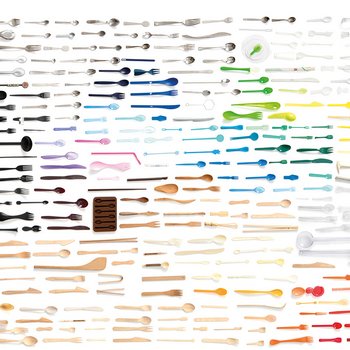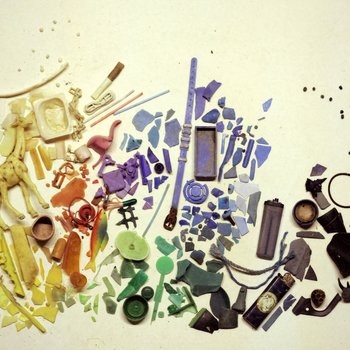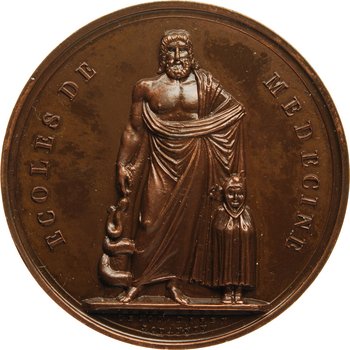Definition
phyto-centred design
from phutón, meaning “plant” in Ancient Greek
1. An interspecific and holistic design approach that looks at plants as allies and not as mere commodities
We can't stop using plants as resources, but challenging the old conviction that they are lifeless objects can help us shape more respectful relationships with them and other-than-human beings.
→ Speak out about plants
Experimental materials made from the waste of monocultural systems are on the rise. Despite being well-intentioned, these practices still rely on old schemes and somehow enable the extractive capitalist model to wash away its guilt and carry on as before.
→ Choose and support pluricultural systems
Protecting the bonds between indigenous people, local communities and plants compromised by the advent of industrialisation and technology can help restore and preserve ancient alliances.
→ Seek partnerships based on reciprocity
In the context of the current climate emergency, the adaptability of so-called invasive plants provides fortuitous metaphors and initiatives of resilience.
→ Rethink the relationship with non-native plants
Who needs another wooden chair? Timber production hasn't stopped rising since the 1970s, and leading furniture companies still source their wood from illegal forestry ventures.
→ Question overconsumption
Plants' cycles - from earth to earth - teach us to embrace slower paces and imperfection, and rethink the endless flux of waste produced by planned obsolescence.
→ Embrace decay
Relearning the precepts of botany and plants' cultivation means being able to understand them more. Apply this knowledge and new sensibility to design processes and seek for interspecific collaborations.
→ Let plants take the lead
Also of interest:
What’s being left by the fast-food culture
Disposable plastic cutlery is an icon of the global throwaway culture. It has been banned in the EU since July 3, 2021. Based on the collection of designers Peter Eckart and Kai Linke, the exhibition "Spoon Archaeology" at the Kunstgewerbemuseum explores this topic.

Guardians of the Waste - A brief history of rubbish
What remains of us? Currently quite a lot. In her film collage "Die Hüter des Unrats - eine kurze Geschichte des Abfalls" (The Guardians of Garbage - A Short History of Waste), which can currently be seen at the Japanisches Palais, Susann Maria Hempel takes a sarcastic look at the way we deal with waste and its ecological consequences. About the stomachs of predatory fish, chickens and giant tortoises as an archive.

What coins and medals say about epidemics
What we can learn from coins and medals goes far beyond discovering hidden hoards or studying the economic consequences of events. Such artefacts also tell us about societies’ beliefs, hopes and fears. Currently, an exhibition at the Münzkabinett (Numismatic Collection) is devoted to the connection between coins and epidemics. Curator Ilka Hagen explains here what one has to do with the other.
